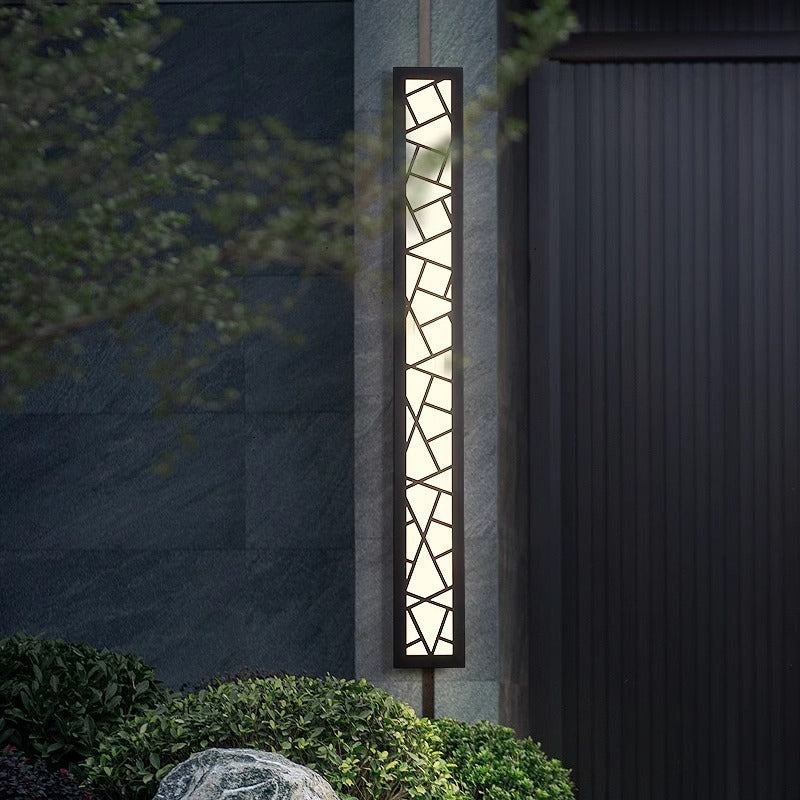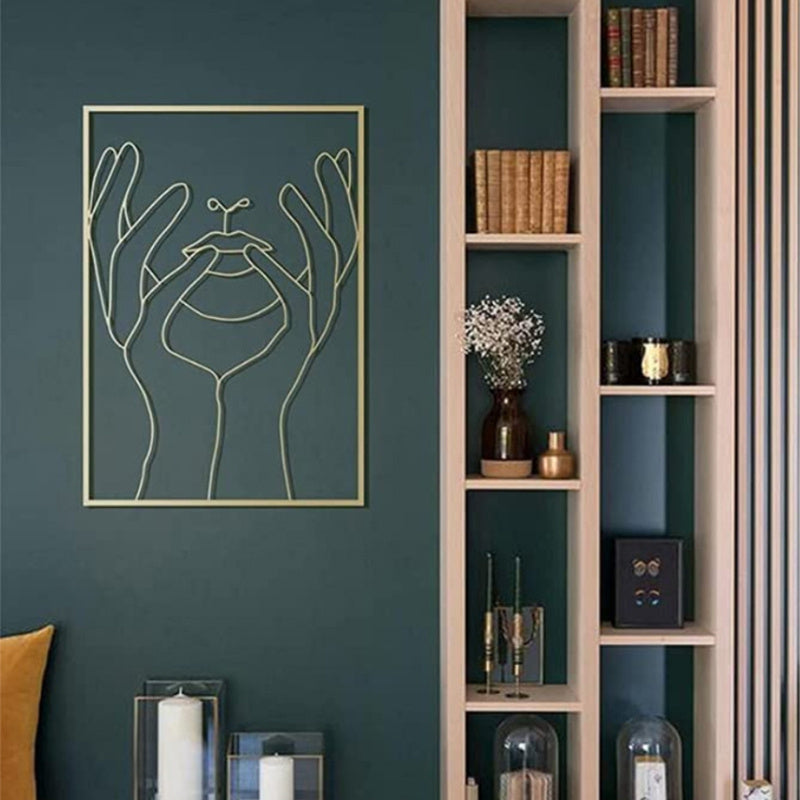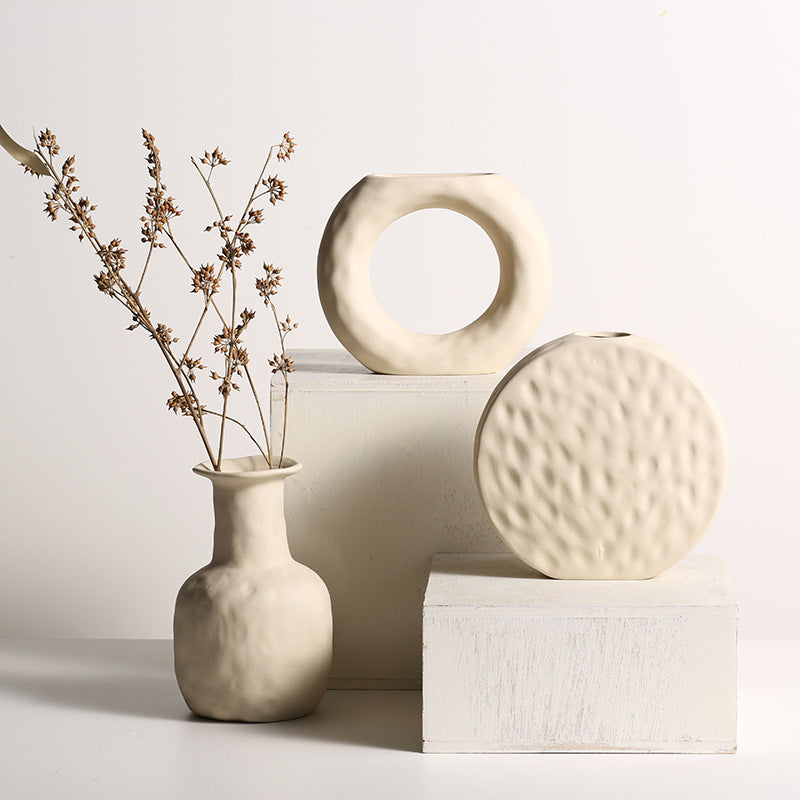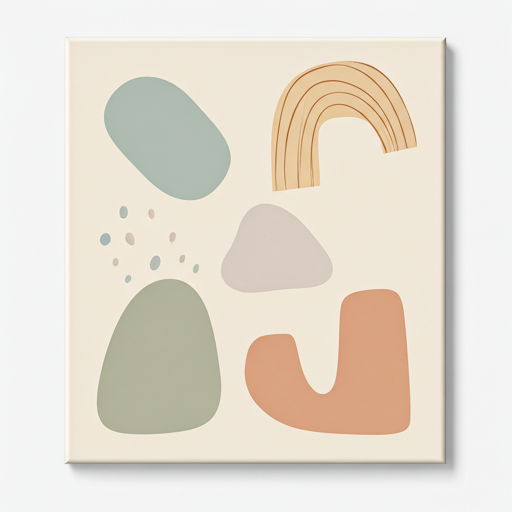Small Space, Big Style: Decorating Tips for Apartments
- by Adetoun2025
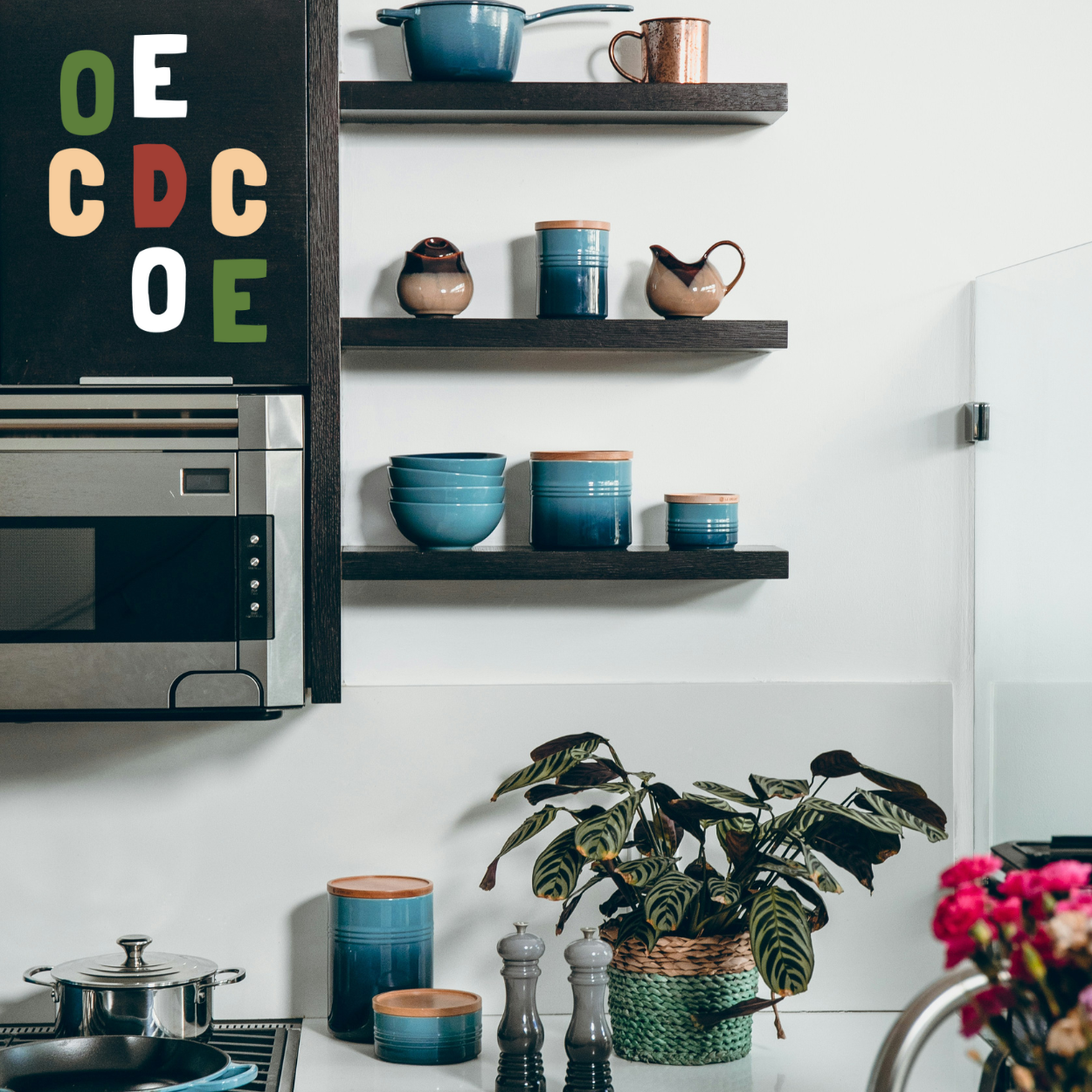
Small Space, Big Style: Decorating Tips for Apartments
Living in a small space doesn't mean sacrificing style or functionality. With the right decorating strategies, even the tiniest apartment can feel spacious, organized, and beautifully designed. Here's how to maximize every square foot while creating a home that reflects your personal style.
Think Vertically to Maximize Space
When floor space is limited, look up. Vertical storage and decor draw the eye upward, making ceilings appear higher and rooms feel larger. Install floating shelves that reach toward the ceiling, and use them to display books, plants, and decorative objects.
Tall, narrow furniture pieces work better in small spaces than wide, low ones. A tall bookshelf takes up the same floor footprint as a short one but provides significantly more storage and visual impact.
Consider floor-to-ceiling curtains, even if your windows are standard height. The long lines create the illusion of taller windows and higher ceilings, making the entire room feel more spacious.
Choose Multi-Functional Furniture
Every piece of furniture in a small space should work double duty. Ottoman storage cubes provide seating and hide clutter. Nesting tables can be separated when you need extra surface space or tucked together when you don't.
A dining table that doubles as a desk maximizes functionality in studio apartments. Console tables behind sofas provide surface space without taking up additional floor area.
Look for furniture with built-in storage – bed frames with drawers underneath, coffee tables with hidden compartments, and benches with lift-up seats all help keep your space organized.
Master the Art of Scale
Contrary to popular belief, small spaces can handle some larger pieces. One substantial sofa often works better than several small chairs because it provides more seating without creating visual clutter.
However, be strategic about where you use larger pieces. A large mirror can make a room feel twice its size, while an oversized piece of art creates a focal point that draws attention away from the room's small dimensions.
Avoid furniture that's too small for your space – it can make the room feel cluttered and disjointed. Instead, choose fewer, well-proportioned pieces that fit your space properly.
Create Zones in Open Spaces
Studio apartments and open-plan spaces benefit from defined areas for different activities. Use furniture placement, rugs, and lighting to create distinct zones for sleeping, working, and relaxing.
A bookshelf or room divider can separate your bedroom area from your living space without blocking light or making the space feel closed off. Even a strategically placed sofa can define separate areas.
Different lighting in each zone helps reinforce the separation. Table lamps in the living area, task lighting in the work zone, and softer lighting in the bedroom area all help define these spaces.
Embrace Light Colors and Reflective Surfaces
Light colors reflect more light and make spaces feel larger and brighter. This doesn't mean everything has to be white – soft grays, pale blues, and warm creams all work beautifully in small spaces.
Mirrors are a small space's best friend. Place a large mirror opposite a window to reflect natural light throughout the room. Mirrored furniture pieces and metallic accents also help bounce light around the space.
Glossy finishes on furniture and accessories reflect more light than matte finishes, contributing to the overall brightness of your space.
Maximize Natural Light
Natural light makes any space feel larger and more welcoming. Keep window treatments minimal – sheer curtains or blinds that can be fully opened work better than heavy drapes that block light.
If privacy is a concern, consider top-down, bottom-up shades that allow light in while maintaining privacy at eye level.
Clean windows regularly to maximize the light coming through, and avoid placing large furniture pieces in front of windows where they'll block precious natural light.
Smart Storage Solutions
In small spaces, everything needs a home. Use the space under your bed for storage boxes or bins. The area above your refrigerator can hold items you don't use daily.
Over-the-door organizers work in closets, bathrooms, and even on the back of your front door. Wall-mounted hooks and pegboards keep frequently used items accessible without taking up drawer or shelf space.
Consider furniture with hidden storage – coffee tables with lift-up tops, benches with storage inside, and beds with built-in drawers all help keep clutter at bay.
Create Visual Flow
Avoid blocking sightlines through your space. Furniture with legs allows you to see the floor underneath, making the room feel more open. Glass and acrylic furniture pieces provide function without visual weight.
Keep pathways clear and wide enough to move through comfortably. A cluttered walkway makes any space feel cramped, regardless of its actual size.
Use similar colors and finishes throughout your space to create visual continuity. This doesn't mean everything has to match, but a cohesive color palette helps the space feel larger and more intentional.
Add Personality Without Clutter
Small spaces can absolutely have personality – you just need to be more selective about your decorative choices. Choose a few meaningful pieces rather than lots of small accessories that can make the space feel cluttered.
A gallery wall of family photos or artwork adds personality without taking up floor space. Plants bring life and color to small spaces – choose varieties that thrive in your lighting conditions.
Textiles are an easy way to add color and pattern without permanent commitment. Throw pillows, blankets, and rugs can be changed seasonally to refresh your space.
Lighting Strategies for Small Spaces
Layer your lighting to create depth and interest. Overhead lighting alone can make small spaces feel flat and uninviting. Add table lamps, floor lamps, and even string lights to create a warm, welcoming atmosphere.
Use lighting to highlight your favorite features and draw attention away from less appealing aspects of your space. A well-lit piece of artwork or a beautifully illuminated plant can become a focal point.
Make the Most of Outdoor Space
If you have a balcony, patio, or even a fire escape, treat it as an extension of your indoor space. Outdoor furniture and plants can create an additional "room" that makes your overall living space feel larger.
Even a small bistro set and some potted plants can transform a tiny balcony into a charming outdoor retreat.
Small spaces require creativity, but they also offer the opportunity to be more intentional with your decorating choices. Browse our collection of space-saving furniture and multi-functional decor to make the most of your compact home.

